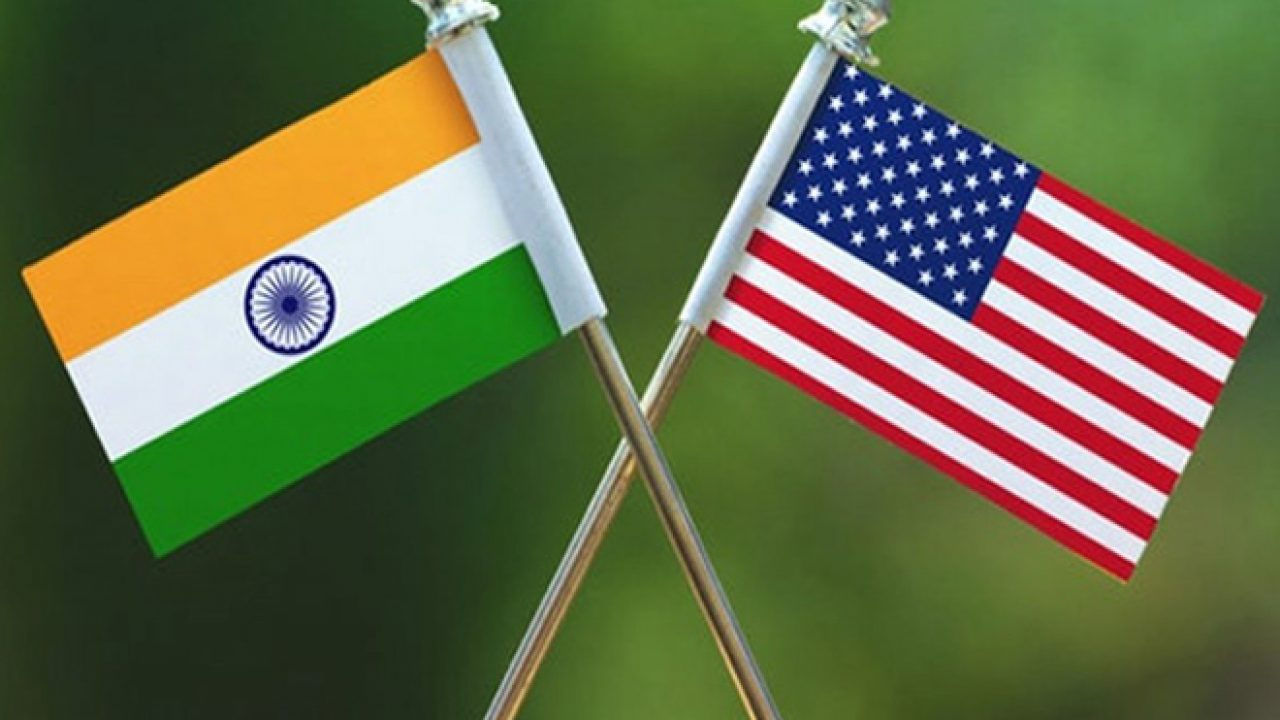Case for US-India digital handshake
July 25, 2022 l By Anand Raghuraman
A recent report by the Atlantic Council’s U.S.-India Digital Economy Task Force lays out the strategic rationale for a “digital handshake” between the United States and India — two of the world’s leading digital powers. The report calls on both countries to make digital cooperation a core pillar of their partnership and to invest in new institutional mechanisms to drive forward progress.
The Atlantic Council Task Force, co-chaired by Amb. Richard Verma, General Counsel and Head of Global Public Policy at Mastercard, offers concrete steps for both countries to make the vision of a digital handshake a reality. It also speaks to the range of convergent interests and digital aspirations binding the United States and India together. For example, both countries oppose the rise of digital authoritarianism and increasingly see the digital economy as a key driver of economic growth, trade, and inclusive development.
Nevertheless, tensions on an array of thorny digital issues have weighed on the U.S.-India relationship, and existing bilateral dialogues have failed to make headway in recent years. The result is that digital issues are often viewed as a source of tension in the U.S.-India relationship, rather than an anchor of stability.
Recognizing these challenges, the Atlantic Council Task Force recommends a rethink in U.S.-India digital economy cooperation. It calls on leaders in both countries to endorse the vision of the “digital handshake” and to create new U.S.-India Digital Economy Ministerial to convene the right set of decisionmakers. It also outlines five workstreams for the two sides to prioritize, including areas such as talent and innovation; resilient supply chains and manufacturing; tech for social good; data flows and digital commerce; as well as national security and law enforcement cooperation.
Ultimately, the report notes that the long-term success of the digital handshake rests with U.S. and Indian companies, entrepreneurs, and civil society leaders – who are already well-accustomed to striking handshake deals and driving ambitious joint ventures. Going forward, both countries must ensure that these budding entrepreneurs continue to see the U.S.-India corridor as a source of opportunity, even as they craft new rules of the road to govern competition and fair conduct in the modern digital economy.
A digital handshake is a fitting project for the United States and India, two countries determined to lead in the 21st century. These digital powers will shape the future of global trade, geopolitics, and innovation. With a digital handshake, the United States and India can take their partnership to new heights.
Click here to read the full report.

